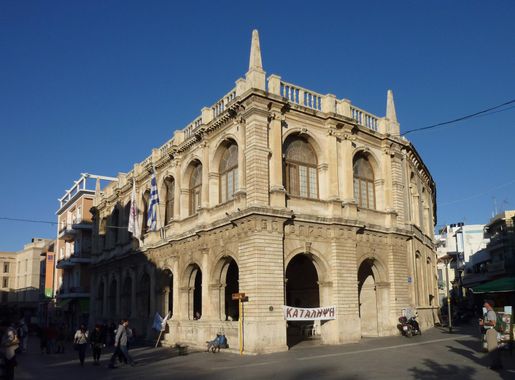
Historic Marvels of the Venetian Walls in Heraklion
Explore the majestic Venetian Walls in Heraklion, where history and modernity blend seamlessly to offer a unique travel experience.
The Venetian Walls of Heraklion stand as a testament to the city's rich history and architectural prowess. These formidable fortifications were constructed by the Venetians in the 16th century to protect the city from invaders, and they continue to captivate visitors with their grandeur and historical significance. The walls stretch over four kilometers, encompassing the old town of Heraklion. As you walk along these ancient ramparts, you will find several bastions and gates, each with its own unique story and architectural features. The Martinengo Bastion, in particular, offers stunning panoramic views of the city and the sea, making it a must-visit spot for photography enthusiasts and history buffs alike. Within the walls, you'll discover a blend of old and new. The area is peppered with charming cafes, local tavernas, and bustling markets, providing a perfect mix of cultural experiences. Whether you're exploring the historical sites or simply enjoying the vibrant atmosphere, the Venetian Walls in Heraklion offer a unique glimpse into Greece's storied past while providing all the amenities of a modern tourist destination.
Local tips in Venetian Walls
- Wear comfortable shoes as the terrain can be uneven and the walls are extensive.
- Visit the Martinengo Bastion for breathtaking views of Heraklion and the Aegean Sea.
- Take a guided tour to fully appreciate the historical significance and architectural details.
- Enjoy local cuisine at the nearby tavernas, which offer authentic Cretan dishes.
- Check the local event calendar as the area often hosts cultural festivals and events.
Historic Marvels of the Venetian Walls in Heraklion
The Venetian Walls of Heraklion stand as a testament to the city's rich history and architectural prowess. These formidable fortifications were constructed by the Venetians in the 16th century to protect the city from invaders, and they continue to captivate visitors with their grandeur and historical significance. The walls stretch over four kilometers, encompassing the old town of Heraklion. As you walk along these ancient ramparts, you will find several bastions and gates, each with its own unique story and architectural features. The Martinengo Bastion, in particular, offers stunning panoramic views of the city and the sea, making it a must-visit spot for photography enthusiasts and history buffs alike. Within the walls, you'll discover a blend of old and new. The area is peppered with charming cafes, local tavernas, and bustling markets, providing a perfect mix of cultural experiences. Whether you're exploring the historical sites or simply enjoying the vibrant atmosphere, the Venetian Walls in Heraklion offer a unique glimpse into Greece's storied past while providing all the amenities of a modern tourist destination.
Iconic landmarks you can’t miss
Rocca a Mare Fortress
Explore the stunning Rocca a Mare Fortress in Heraklion, a historical landmark showcasing Venetian architecture and breathtaking coastal views.

Heraklion Venetian Port
Explore the enchanting Heraklion Venetian Port, a historic harbor combining rich tradition with vibrant modern culture in the heart of Crete.
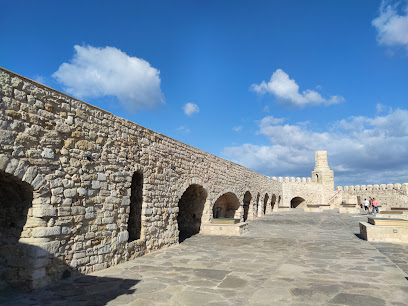
Venetian Walls of Heraklion
Explore the Venetian Walls of Heraklion, a magnificent fortress revealing the rich history and stunning views of this vibrant Cretan city.

Kenouryia Porta
Explore Kenouryia Porta, a captivating monument in Heraklion, reflecting the rich history and architectural beauty of Crete's Venetian past.
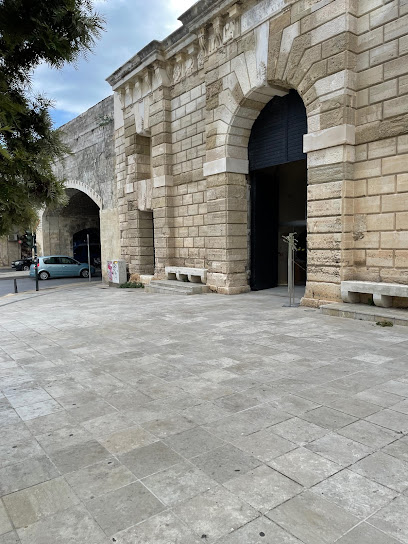
Venetian Loggia
Discover the architectural beauty and rich heritage of the Venetian Loggia in the heart of Heraklion, a must-see cultural landmark in Crete.
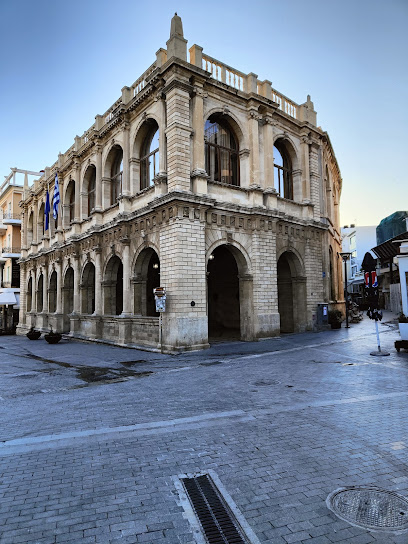
Pantokrator Venetian Portal
Discover the Pantokrator Venetian Portal, a stunning historical landmark in Heraklion embodying Crete's rich architectural heritage and breathtaking views.
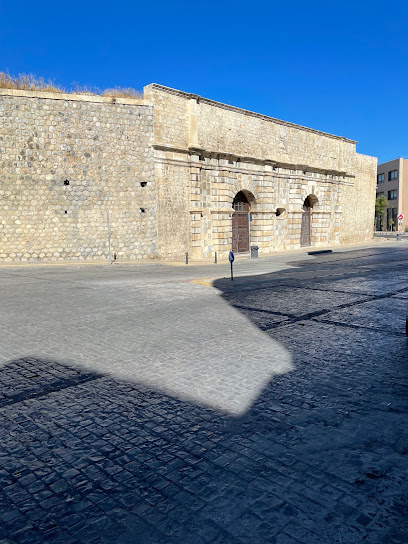
Venetian Shipyards / Vechi
Explore the Venetian Shipyards in Heraklion, a historical landmark that showcases Crete's rich maritime heritage and stunning architectural beauty.

Venetian Shipyards
Explore the rich maritime history and stunning architecture of the Venetian Shipyards in Heraklion, Crete, a must-visit historical landmark.

Venetian Gate St. George
Explore the Venetian Gate St. George, a historical landmark in Heraklion that encapsulates the rich Venetian heritage and architectural beauty of Crete.
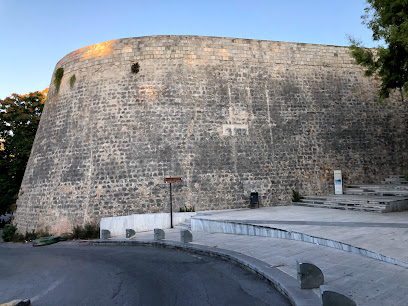
Nikos Kitsikis's bust
Explore Nikos Kitsikis's bust in Heraklion, a captivating sculpture celebrating Greek heritage and a must-visit historical landmark.
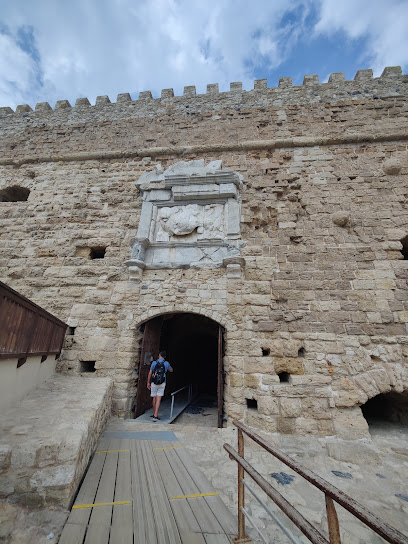
Unmissable attractions to see
Natural History Museum of Crete
Explore the rich biodiversity and geological history of Crete at the Natural History Museum, a must-visit for nature lovers and families alike.
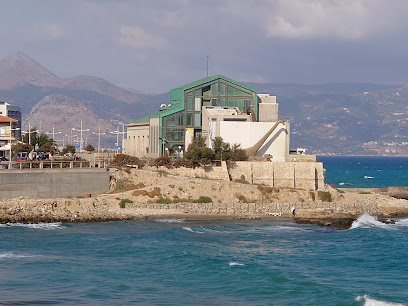
Venetian Walls of Heraklion
Explore the Venetian Walls of Heraklion, a historical fortress offering breathtaking views and a glimpse into Crete's rich past.

Fountain Karavola
Experience the charm of Fountain Karavola, a historical gem in Heraklion that offers beauty, culture, and a serene ambiance for all visitors.

Essential places to dine
Peskesi
Experience authentic Cretan cuisine at Peskesi in Heraklion – where tradition meets contemporary flair for an unforgettable dining experience.
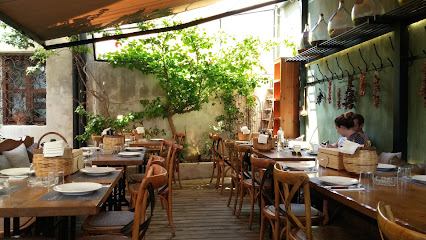
Apiri greek_eatery
Discover Apiri Greek Eatery in Heraklion for an unforgettable Mediterranean dining experience featuring authentic flavors and warm hospitality.
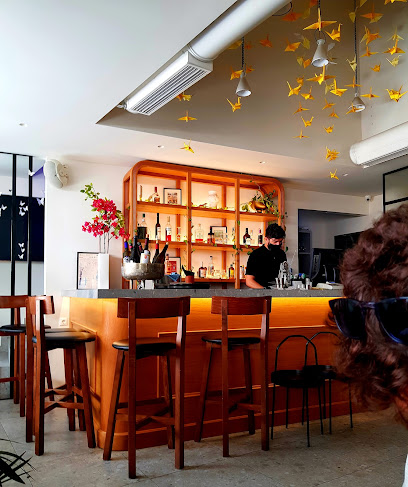
KOUZEINERI
Experience authentic Cretan cuisine at KOUZEINERI in Heraklion - where tradition meets taste in a charming atmosphere.

Amalia's Kitchen
Experience authentic Greek cuisine at Amalia's Kitchen in Heraklion – where every dish tells a story.
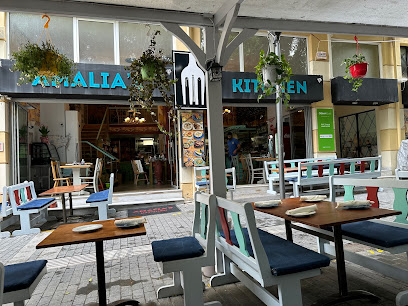
Veranda
Discover Veranda in Heraklion: where culinary excellence meets local charm in a cozy atmosphere perfect for every occasion.
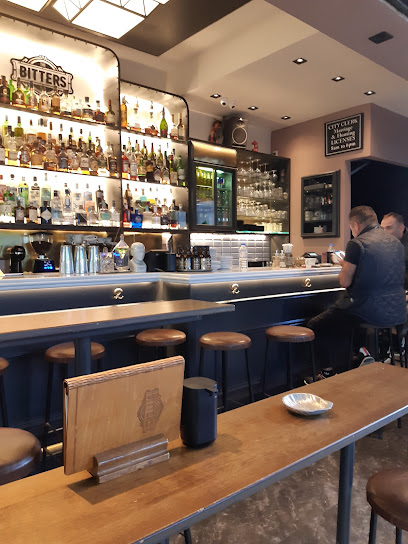
Ntoré Gastronomy
Discover the exquisite flavors of Greece at Ntoré Gastronomy – where tradition meets innovation in Heraklion's vibrant dining scene.

The Fifty
Discover Mediterranean flavors at The Fifty in Heraklion - a cozy restaurant perfect for brunch, coffee breaks, and more.
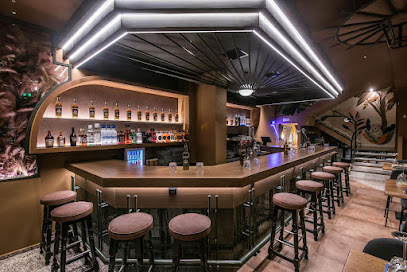
Alla ki Alla
Experience authentic Greek flavors at Alla ki Alla in Heraklion—where every dish tells a story of tradition and taste.

Veneto
Discover the flavors of Greece at Veneto, where authentic cuisine meets warm hospitality in the heart of Heraklion.

Xalali
Experience authentic Cretan cuisine at Xalali in Heraklion - where tradition meets modern gastronomy in a welcoming atmosphere.
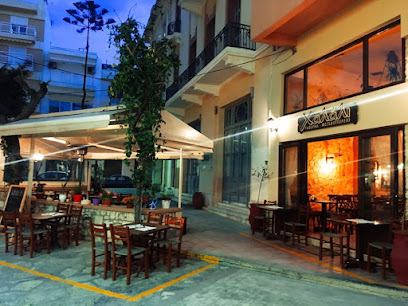
Markets, malls and hidden boutiques
Talos Plaza
Explore Talos Plaza in Heraklion – a vibrant shopping mall filled with a mix of local boutiques, global brands, and delightful dining options.
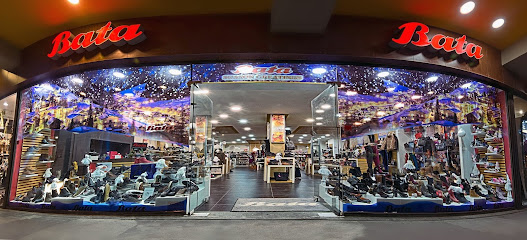
Vekrakis Imports S.A.
Explore Vekrakis Imports S.A. in Heraklion for unique gifts and authentic Cretan souvenirs that reflect the charm of the island.

ZALO
Discover unique gifts and artisanal treasures at ZALO, the charming boutique in the heart of Heraklion, capturing the spirit of Crete.
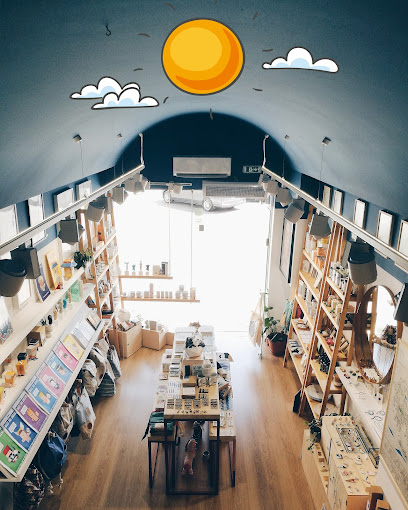
Woodpecker
Discover Woodpecker, Heraklion's enchanting gift shop filled with unique toys, souvenirs, and local jewelry that capture the essence of Crete.
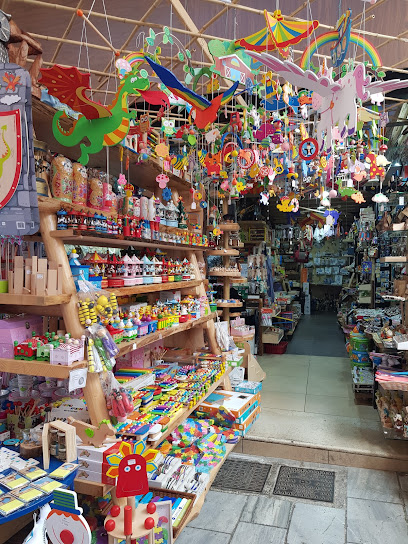
Mayaba Store
Explore Mayaba Store in Heraklion, a treasure trove of antiques and unique gifts reflecting the rich culture of Crete.
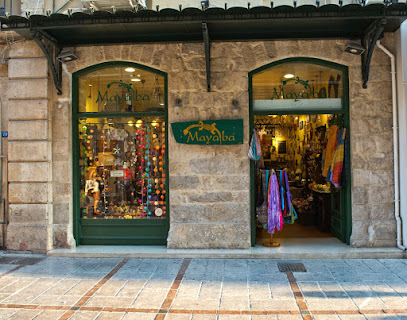
Spirit of Greece
Discover authentic Greek souvenirs that embody local culture and craftsmanship at Spirit of Greece in Heraklion.
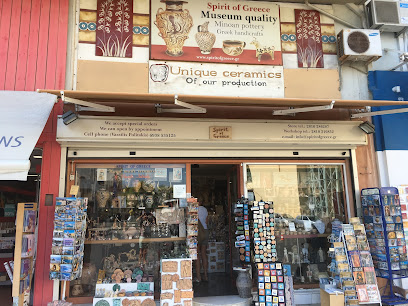
Veneri Styliani
Discover unique gifts and local crafts at Veneri Styliani in Heraklion, a must-visit shop for authentic souvenirs and Crete-inspired treasures.

KURKUTA
Explore KURKUTA in Heraklion for unique Cretan souvenirs, stylish T-shirts, and authentic local crafts, perfect for every traveler.
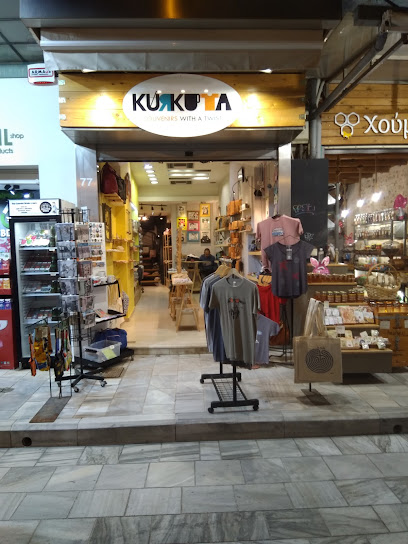
Ble
Explore Ble, a charming gift shop in Heraklion offering unique Cretan souvenirs and local treasures perfect for tourists.
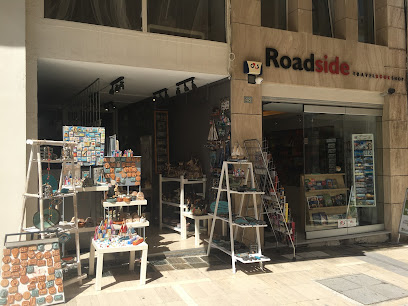
Αφοί Βασιλάκης ΟΕ
Explore Afoi Vasilakis O.E. in Heraklion for unique Cretan gifts and souvenirs that capture the essence of the island's rich culture.
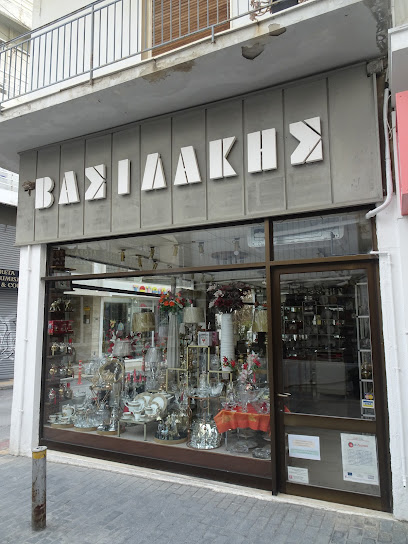
Essential bars & hidden hideouts
Xalavro Open Bar
Discover the vibrant nightlife at Xalavro Open Bar in Heraklion, where unique cocktails and a lively atmosphere await every visitor.
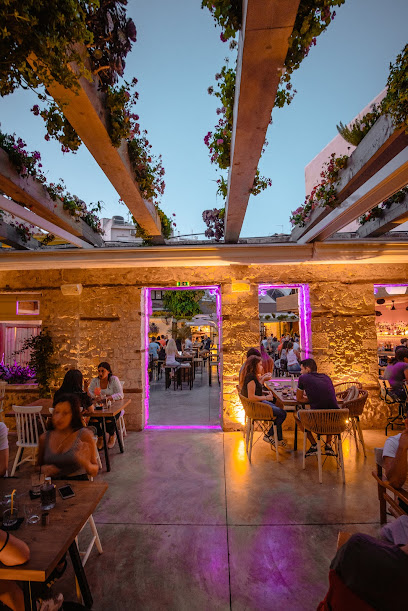
Swing Thing
Experience the best cocktails in Heraklion at Swing Thing, where vibrant nightlife meets exceptional mixology and a lively atmosphere.
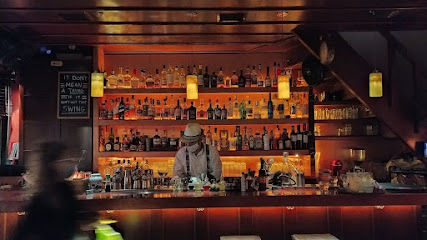
Polytechneio Cafe
Discover the lively ambiance of Polytechneio Cafe, a budget-friendly bar in Heraklion, perfect for enjoying local drinks and vibrant nightlife.
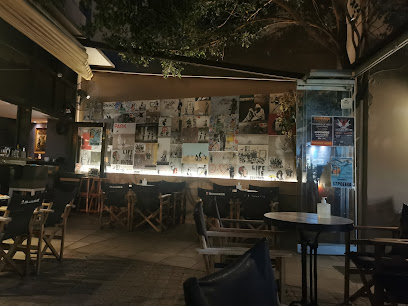
The Bitters Bar
Discover the vibrant atmosphere and exquisite cocktails at The Bitters Bar, a top nightlife destination in Heraklion, Greece.
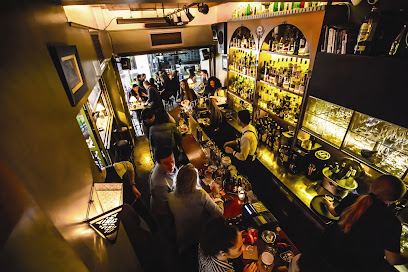
Jailhouse Rock Bar
Discover the vibrant nightlife at Jailhouse Rock Bar in Heraklion, where eclectic decor meets an exceptional rum selection for unforgettable evenings.
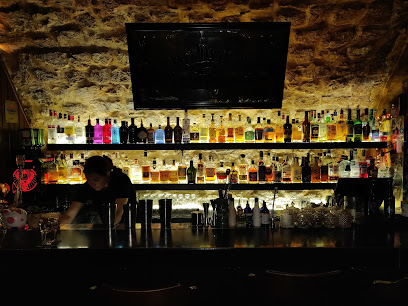
Guernica
Experience the vibrant nightlife of Heraklion at Guernica, where great music meets affordable drinks in a welcoming atmosphere.

La Brasserie
Discover the charm of La Brasserie, a vibrant bar and coffee shop in Heraklion, blending local flavors with a cozy atmosphere for an unforgettable experience.
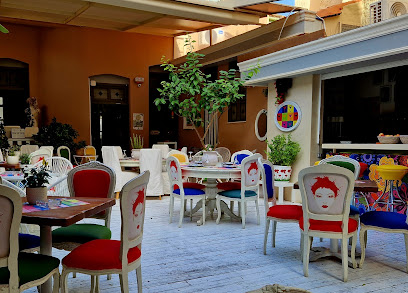
Craft Beer - Kapheneion
Explore the vibrant craft beer scene at Kapheneion, a must-visit bar in Heraklion, offering a diverse selection of local and international brews.
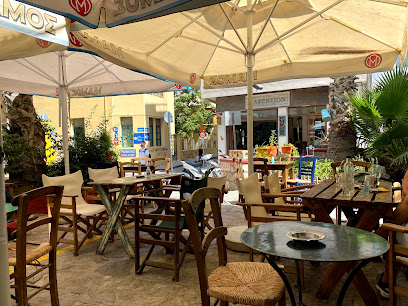
Rock n Rolling Stone
Experience the vibrant nightlife at Rock n Rolling Stone in Heraklion, where great drinks and lively music create the perfect party atmosphere.
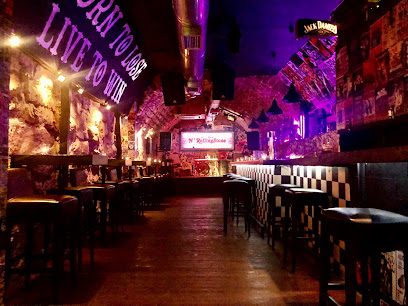
Stone Project
Experience the vibrant nightlife of Heraklion at Stone Project, a cocktail bar known for its unique flavors and inviting atmosphere.
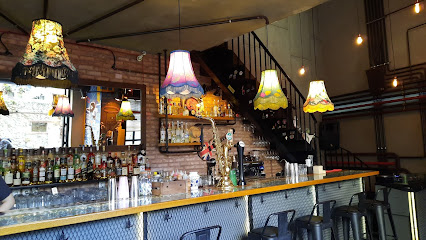
Local Phrases
-
- HelloΓεια σας
[Yia sas] - GoodbyeΑντίο
[Adio] - YesΝαι
[Ne] - NoΌχι
[Ohi] - Please/You're welcomeΠαρακαλώ
[Parakalo] - Thank youΕυχαριστώ
[Efharisto] - Excuse me/SorryΣυγγνώμη
[Signomi] - How are you?Πώς είσαι;
[Pos ise;] - Fine. And you?Καλά. Εσύ;
[Kala. Esi;] - Do you speak English?Μιλάτε Αγγλικά;
[Milate Agglika;] - I don't understandΔεν καταλαβαίνω
[Den katalavaino]
- HelloΓεια σας
-
- I'd like to see the menu, pleaseΘα ήθελα να δω το μενού, παρακαλώ
[Tha ithela na do to menou, parakalo] - I don't eat meatΔεν τρώω κρέας
[Den troo kreas] - Cheers!Υγεία!
[Iyia!] - I would like to pay, pleaseΘα ήθελα να πληρώσω, παρακαλώ
[Tha ithela na plirosso, parakalo]
- I'd like to see the menu, pleaseΘα ήθελα να δω το μενού, παρακαλώ
-
- Help!Βοήθεια!
[Voithia!] - Go away!Φύγε!
[Fiye!] - Call the Police!Καλέστε την Αστυνομία!
[Kaleste tin Astinomia!] - Call a doctor!Καλέστε ένα γιατρό!
[Kaleste ena giatro!] - I'm lostΈχω χαθεί
[Eho hathi] - I'm illΕίμαι άρρωστος
[Ime arrostos]
- Help!Βοήθεια!
-
- I'd like to buy...Θα ήθελα να αγοράσω...
[Tha ithela na agoraso...] - I'm just lookingΑπλά κοιτάω
[Apla kitao] - How much is it?Πόσο κοστίζει;
[Poso kostizi;] - That's too expensiveΑυτό είναι πολύ ακριβό
[Afto ine poli akribo] - Can you lower the price?Μπορείτε να μειώσετε την τιμή;
[Borite na meiosete tin timi;]
- I'd like to buy...Θα ήθελα να αγοράσω...
-
- What time is it?Τι ώρα είναι;
[Ti ora ine;] - It's one o'clockΕίναι μία ώρα
[Ine mia ora] - Half past (10)Μισή (10)
[Misi (10)] - MorningΠρωί
[Proi] - AfternoonΑπόγευμα
[Apoyevma] - EveningΒράδυ
[Vradi] - YesterdayΧθες
[Hthes] - TodayΣήμερα
[Simera] - TomorrowΑύριο
[Avrio] - 1Ένα
[Ena] - 2Δύο
[Dyo] - 3Τρία
[Tria] - 4Τέσσερα
[Tessera] - 5Πέντε
[Pente] - 6Έξι
[Exi] - 7Εφτά
[Efta] - 8Οχτώ
[Ohto] - 9Εννιά
[Ennia] - 10Δέκα
[Deka]
- What time is it?Τι ώρα είναι;
-
- Where's a/the...?Πού είναι ένα/το...;
[Pou ine ena/to...;] - What's the address?Ποια είναι η διεύθυνση;
[Pia ine i diefthinsi;] - Can you show me (on the map)?Μπορείτε να μου δείξετε (στο χάρτη);
[Borite na mou dixete (sto charti);] - When's the next (bus)?Πότε είναι το επόμενο (λεωφορείο);
[Pote ine to epomeno (leoforeio);] - A ticket (to ....)Ένα εισιτήριο (προς ....)
[Ena isitirio (pros ....)]
- Where's a/the...?Πού είναι ένα/το...;
History of Venetian Walls
-
The Venetian Walls of Heraklion were constructed between 1462 and 1477 during the Venetian rule of Crete. These formidable fortifications were designed by the architect Michele Sanmicheli to protect the city from potential invasions, particularly from the Ottoman Empire. The walls extended over four kilometers and were equipped with bastions, gates, and a moat, showcasing advanced military architecture of the period.
-
One of the most significant events in the history of the Venetian Walls occurred during the Great Siege of Heraklion from 1648 to 1669. The walls played a crucial role in the defense of the city against the Ottomans. Despite the Venetians' valiant efforts, the prolonged siege ultimately led to the fall of Heraklion, marking the end of Venetian rule on the island.
-
After the Ottoman Empire took control of Heraklion, the Venetian Walls were modified but continued to serve as a symbol of the city's past. In the late 19th and early 20th centuries, the walls underwent restoration efforts as part of broader initiatives to preserve historical sites in the city. These efforts have allowed the walls to remain a key tourist attraction and a representation of Heraklion's rich history.
-
Today, the Venetian Walls are not only a historical monument but also a venue for cultural events and gatherings. The surrounding area features parks and promenades, where locals and tourists alike enjoy the scenic views and historical ambiance. The walls stand as a testament to the complex history of Heraklion, reflecting the city's Venetian heritage and its evolution through centuries.
Venetian Walls Essentials
-
The Venetian Walls are located in the heart of Heraklion. From Heraklion International Airport (HER), you can take a taxi or a bus to the city center, with the journey taking approximately 15-20 minutes. If you're coming from other neighborhoods, local buses connect various parts of Heraklion, with several stopping near the walls. Walking is also a pleasant option if you're staying nearby, as the walls are easily accessible.
-
The Venetian Walls area is best explored on foot, allowing you to appreciate the historical architecture and surrounding parks. Public buses are available for longer distances within Heraklion. Bicycles can be rented from various shops in the city, and cycling around the walls and the nearby areas is a popular activity. Taxis are also readily available for quick transport.
-
Heraklion, including the Venetian Walls area, is generally safe for tourists. However, it's wise to remain cautious, particularly in crowded areas where pickpocketing may occur. Avoid isolated areas at night, especially along the outer parts of the walls. The central areas are well-lit and usually busy with locals and tourists alike.
-
In case of an emergency, dial 112 for police, fire, or medical assistance in Greece. The nearest hospital is the University Hospital of Heraklion, and there are several pharmacies in the vicinity for minor health issues. Always carry a copy of your insurance details and any necessary medications.
-
Fashion: Do wear comfortable shoes for walking, as cobblestone paths are prevalent. Dress modestly when visiting nearby churches. Religion: Do respect local customs, especially in religious sites. Public Transport: Do be courteous to fellow passengers and give up your seat for the elderly. Don't eat or drink on public transport. Greetings: Do greet with a friendly 'Kalimera' (Good morning). Eating & Drinking: Do enjoy local Cretan dishes, and always try to learn a few words in Greek. Don't refuse food or drink offered by locals, as it is considered impolite.
-
To experience the Venetian Walls like a local, visit early in the morning or late afternoon to avoid crowds. Check out the small cafes and tavernas nearby and try some traditional Cretan meze. Engage with local artisans in the area selling handmade crafts. If possible, attend a local festival or event to immerse yourself in the culture. Keep an eye out for guided tours that provide in-depth historical context for the walls.
Nearby Cities to Venetian Walls
-
Things To Do in Crete
-
Things To Do in Rethymno
-
Things To Do in Chania
-
Things To Do in Pyrgos
-
Things To Do in Santorini
-
Things To Do in Mykonos
-
Things To Do in Kos
-
Things To Do in Bodrum
-
Things To Do in Rhodes
-
Things To Do in Samos
-
Things To Do in Athens
-
Things To Do in Nafplio
-
Things To Do in Marmaris
-
Things To Do in Kalamata
-
Things To Do in Kusadasi



